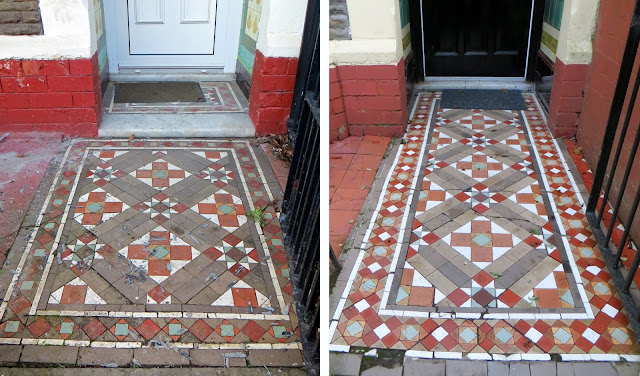Do you still post letters?
According to statistics published by the British
Postal Museum, the number of letters posted via Royal Mail increased from 5,579,000,000 in the 1920/21 financial year
to 16,649,000,000 in 2009/10 but, when you consider the massive population
increase over the same period (44,082,000 at the 1921 Census, increasing to 63,182,000
at the 2011 Census), that’s not exactly good news for Royal Mail.
 |
| An Edward VII box in Albany Road, in Cardiff |
Their stats also show that numbers have
been dropping annually since they peaked at 20,196,000,000 in 2004/5 – as their report states: ‘Volumes … were boosted for twenty years by the impact of the
revolution in information technology – until a flight of social and
transactional correspondence to the internet triggered the precipitate decline
starting in 2006’.
Though
the Uniform Penny Post began in Britain
in 1840, it wasn’t until 1853 that the first roadside letter boxes were
introduced after Anthony Trollope, then a Surveyor’s Clerk with the Post
Office, later a famous novelist, saw them in use in France
and Belgium
Pillar
box design was initially quite random but was standardised from 1859, though
there have been many modifications to the basic design over the years. And, as
the kings and queens have changed, so have the royal initials on the front of
the boxes.
Of
course, you don’t always have to post your letters in a pillar box as there are
also wall and lamp boxes to chose from. No new wall boxes have been made since
the 1980s as they, and their walls, were proving too expensive to maintain, but
lamp boxes (those designed to be fitted to lamp posts or on their own
free-standing pedestal) are just as popular as ever, and can frequently be seen
in towns and in the countryside throughout the British
Isles .
Like the bright red telephone box, pillar boxes and
post boxes are truly iconic symbols of Britain
 |
| All these boxes date from the reign of Queen Victoria |
 |
| Above is the standard George V pillar box design, and below is a variation, complete with italicised initials on the front |
 |
| Various designs of Elizabeth II pillar boxes |
 |
| A lamp box in the middle of nowhere in the English countryside |



















